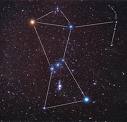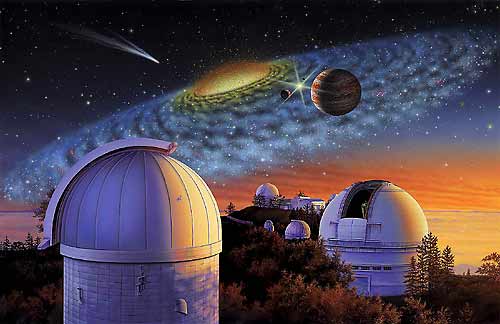


Telescope Projects * Citizen Scientist Projects * Additional Projects not on Handout



Telescope Projects
Supernova Projects *** (Student advice on supernova searches)
Calibrating StoneEdge Telescope * Focusing Project - If interested talk to Melissa & Julissa in period 2 * Taking Darks & Flats
Citizen Scientist Projects
Galaxy Zoo Understanding Cosmic Mergers
INSPIRE - Interactive NASA Space Physics Ionosphere Radio Experiment
SCOPE - Stellar Classification Online Public Exploration
Additional Projects not on worksheet
Novae Search - Novae are explosions that happen on white dwarfs, different than Supernova. In this project, you will search for novae in the nearby Andromeda Galaxy by “blinking” images of portions of Andromeda taken at different times. You will be using data from a 0.9 meter telescope archive of images that extends back several years. You will be measuring apparent magnitudes of suspected novae over time to determine their classification and rate of decay. With a little bit of luck you may be the first to discover a new nova!
Open Clusters in the Milky Way - In this research project you will have the opportunity to examine data for a variety of clusters. Many of these clusters have not been studied in years: their distance may have been determined with photographic plates as long ago as 1930. As with any area in science, the chance to make a better measurement is never to be passed up!
Spectroscopy of Giant and Supergiant Variable Stars - In this project you will look at the properties of a class of bright semi-regular stars that have spectra similar to the Sun’s. These giant and supergiant stars are highly variable due to their present evolutionary state in which they pulsate irregularly and, at times, eject dense shells in which carbon atoms form into opaque grains, blocking much of the emitted light. The next evolutionary step for these semi-regular variables is to become planetary nebulae (or maybe a supernovae) after which their remnant core will remain as a white dwarf star. By comparing the spectra of these stars with that of the Sun, we may better understand the properties of both.
AGN Spectroscopy - In this project, you will take spectra of galaxies such as quasars (called AGNs since they have very high energy “active galactic nuclei”) using a 2.1 meter telescope that will be included in an archive of spectra that have been gathered over a period of several years. You will classify your spectra to see if your objects are quasars, radio galaxies, or something more exotic. You will then use these data to address other questions such as: are quasars more numerous than radio galaxies? Are they more or less luminous? You will be observing and classifying these objects for the first time and adding your results to a data set used by other astronomers.